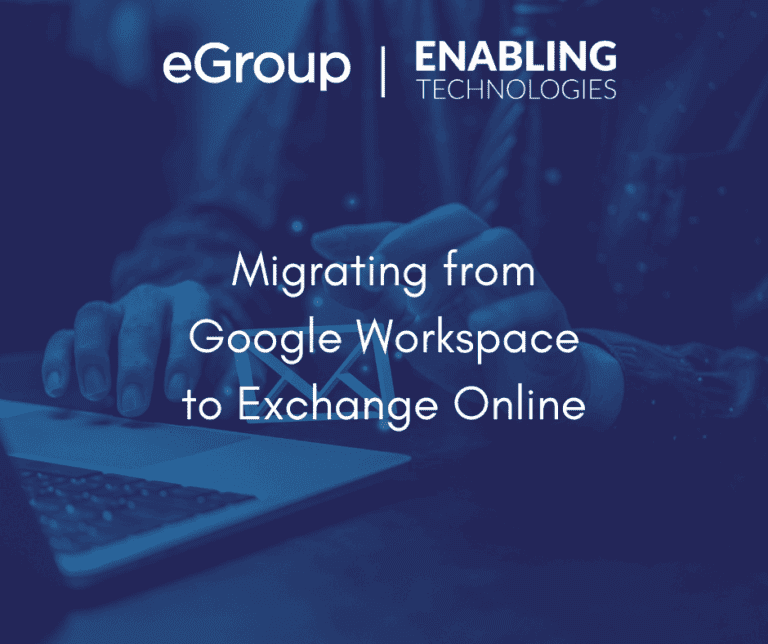Migrating from Google Workspace to Exchange Online

Introduction
Google Workspace and Microsoft Exchange Online are two popular productivity suites used by companies worldwide. Both offer a range of collaboration and communication tools, including email, calendars, document editing, and file storage. However, some organizations may choose to migrate from Google Workspace to Exchange Online. In this article I will discuss the reasons why a company might make this move, and some considerations companies should make before migrating. I’ll also talk about some of the different migration tools a company can use and migration velocity.
Reasons to Migrate
There are several reasons why a company may choose to migrate from Google Workspace to Exchange Online. Here are some of the most common reasons:
Migrating from Google Workspace to Exchange Online can provide several benefits. Organizations should carefully evaluate their needs and consider these factors when deciding whether to migrate. It is important to plan the migration carefully and seek expert assistance from a Microsoft partner like eGroup | Enabling Technologies to ensure a successful migration.
Considerations Before Migrating
A large migration from Google Workspaces to Exchange Online can be a complex process that requires careful planning and consideration. Here are some key factors that a company should consider before, during and after a migration:
Migrating to Exchange Online requires careful consideration of several factors, including migration strategy, data security, migration tools, user training, network bandwidth, post-migration support, and budget. By taking these factors into account, companies can ensure a successful migration that meets their organization’s needs and minimizes disruption. It is important to plan the migration carefully and seek expert assistance if necessary.
Migration Tools
Migrating from Google Workspace to Exchange Online can be a complex process, but there are several tools and methods available to help make the transition as smooth as possible. Here are some of the tools commonly used to migrate from Google Workspace to Exchange Online:
Organizations should carefully evaluate their migration needs and choose the tools and methods that best suit their requirements. Whether using free Microsoft tools or third-party solutions, a well-planned migration can ensure a smooth transition to Exchange Online.
Migration Velocity
The speed at which mailboxes can be migrated from Google Workspace to Exchange Online depends on several factors, including the size of the mailbox, the migration method used, and the network bandwidth available. Here are some factors that can affect the speed of mailbox migration:
The speed at which mailboxes can be migrated from Google Workspace to Exchange Online can vary depending on several factors. While some factors, such as the size of the mailbox, may be out of the organization’s control, other factors such as the migration method used and network bandwidth can be optimized to achieve faster migration times. It is important to carefully evaluate the migration tools and methods available and choose the ones that best suit the organization’s needs in terms of speed, complexity, and data security.
Issues To Look Out For
The migration process for the most part is straightforward, however there are things companies need to be aware of when migrating:
Conclusion
While Google Workspace and Exchange Online both offer a range of productivity and collaboration tools, there are several reasons why a company might choose to migrate from Google Workspace to Exchange Online. These reasons include integration with Microsoft products, advanced security features, improved collaboration features, familiarity with Microsoft products, and cost. Ultimately, the decision to switch from one platform to another will depend on the unique needs of the organization and its users.
Cloud Solution Architect - eGroup | Enabling Technologies
Interested in learning how to improve your productivity and collaboration?
Contact our team of experts to get started with Exchange Online!